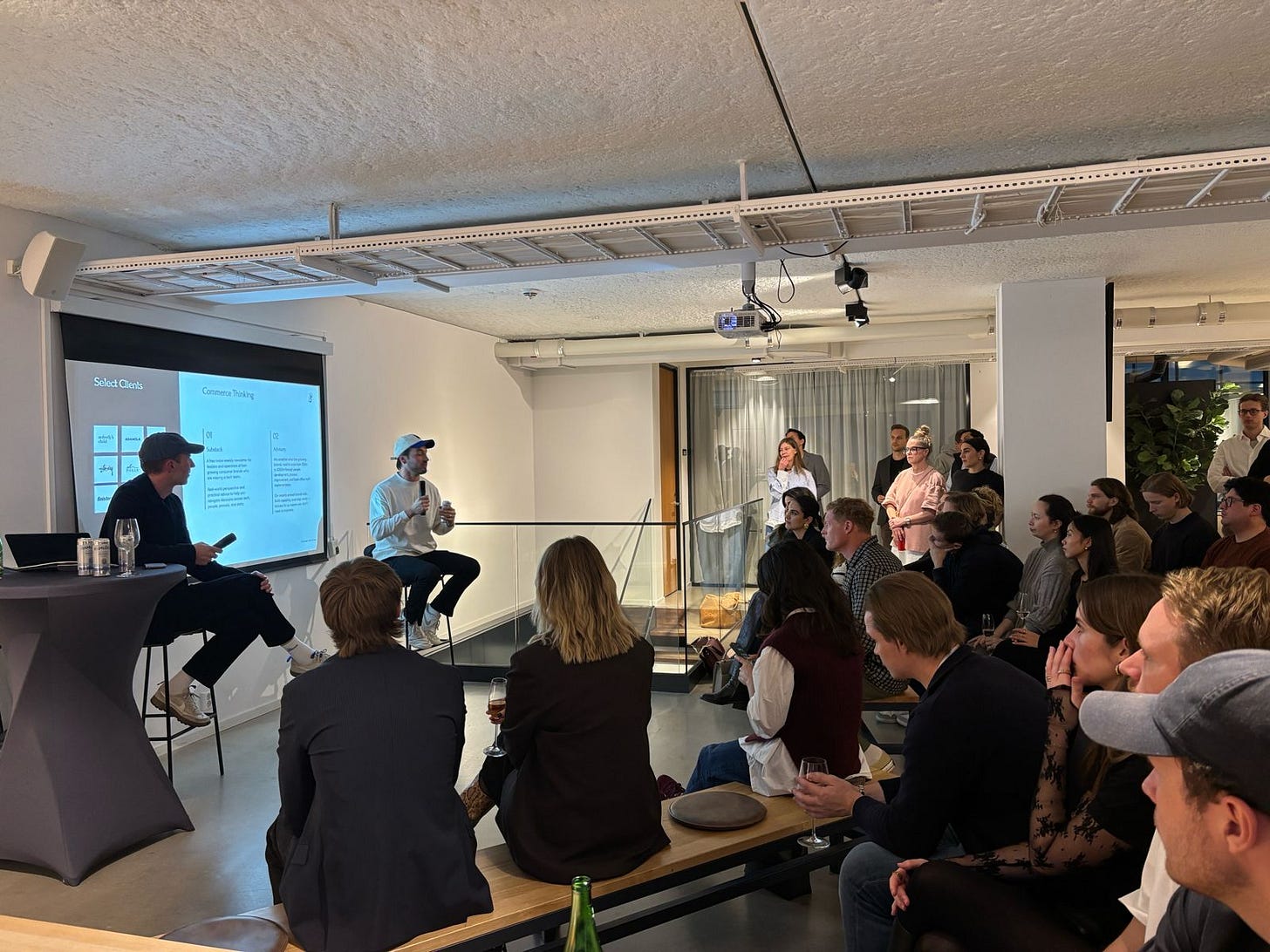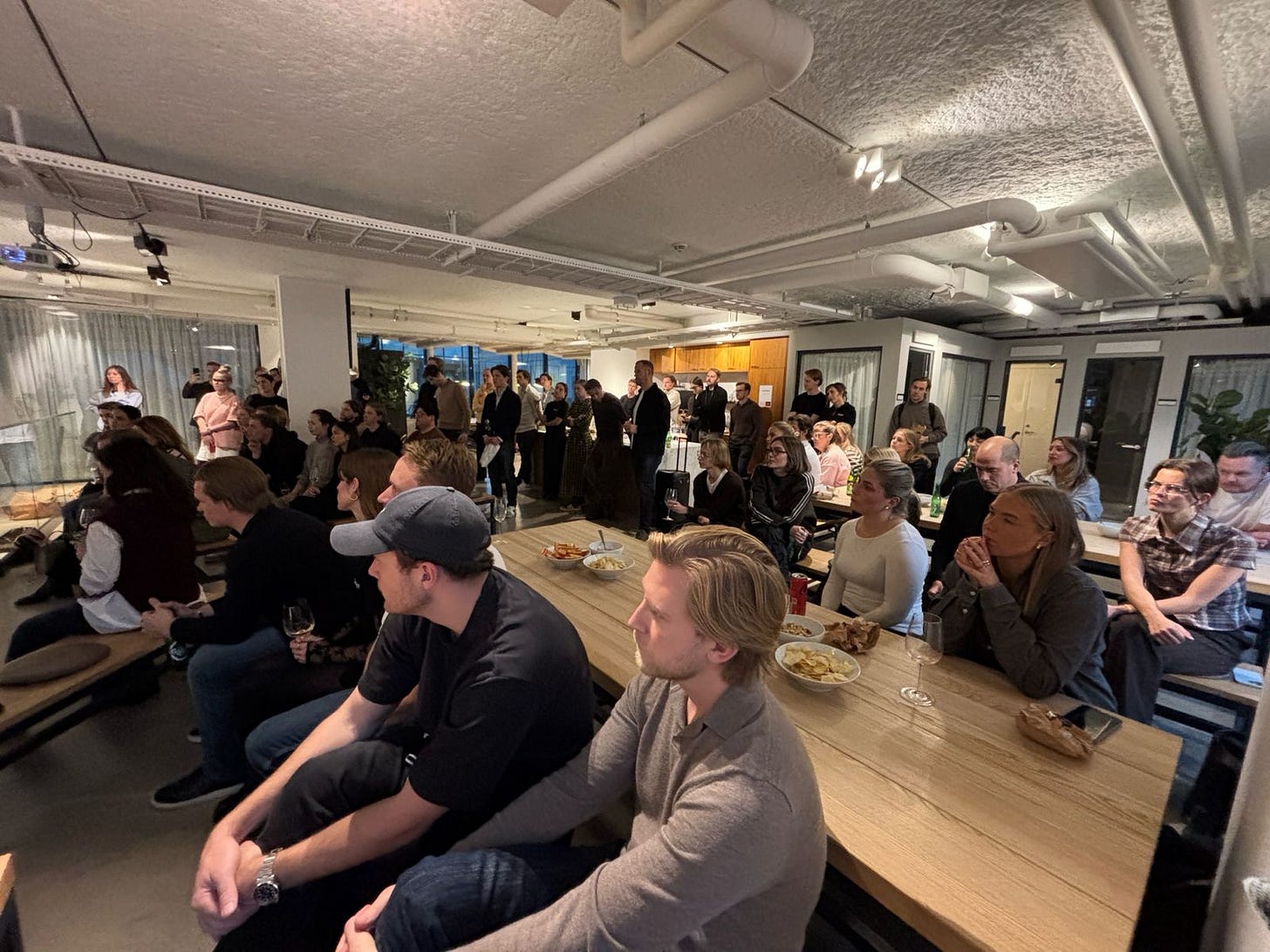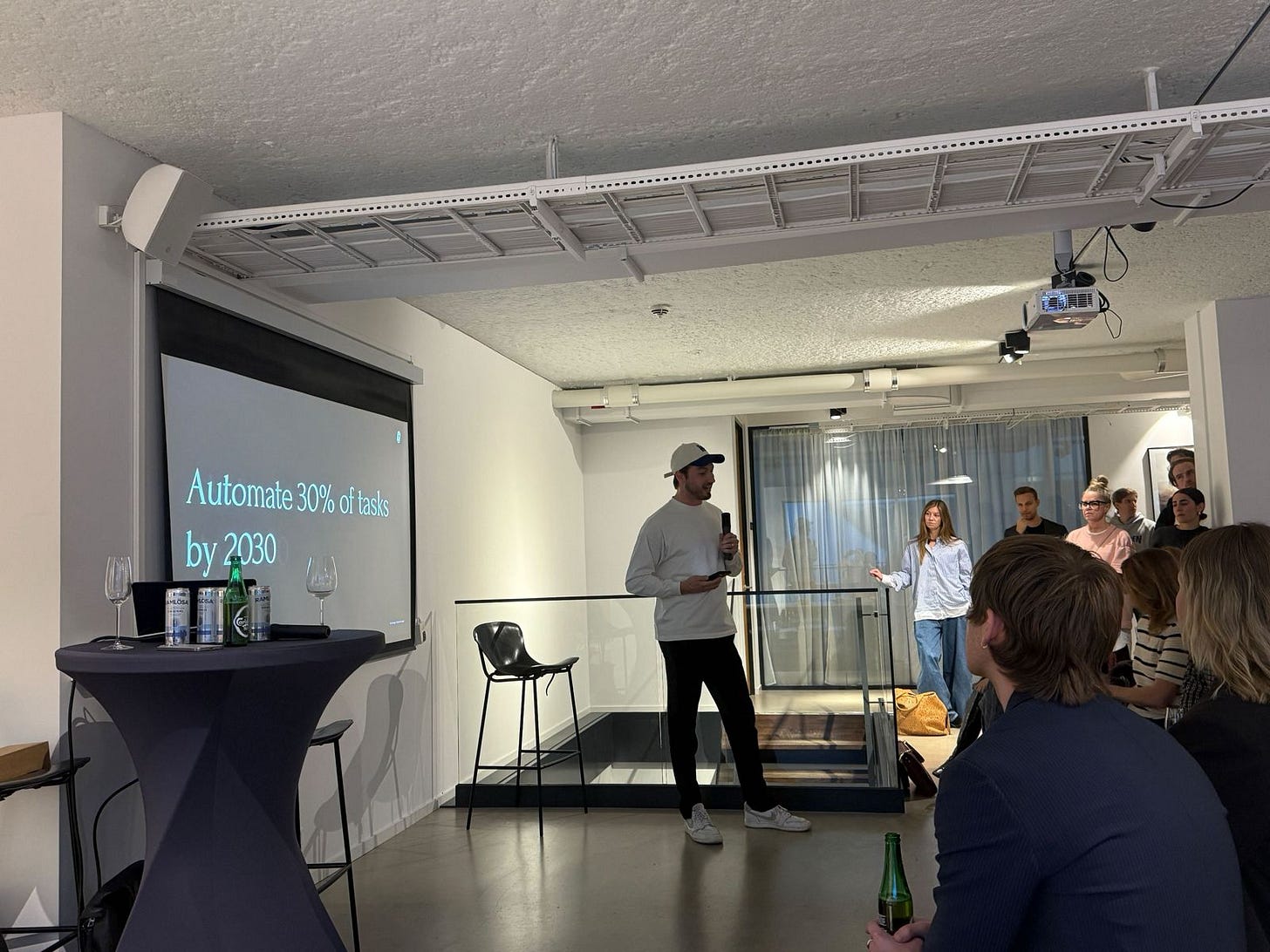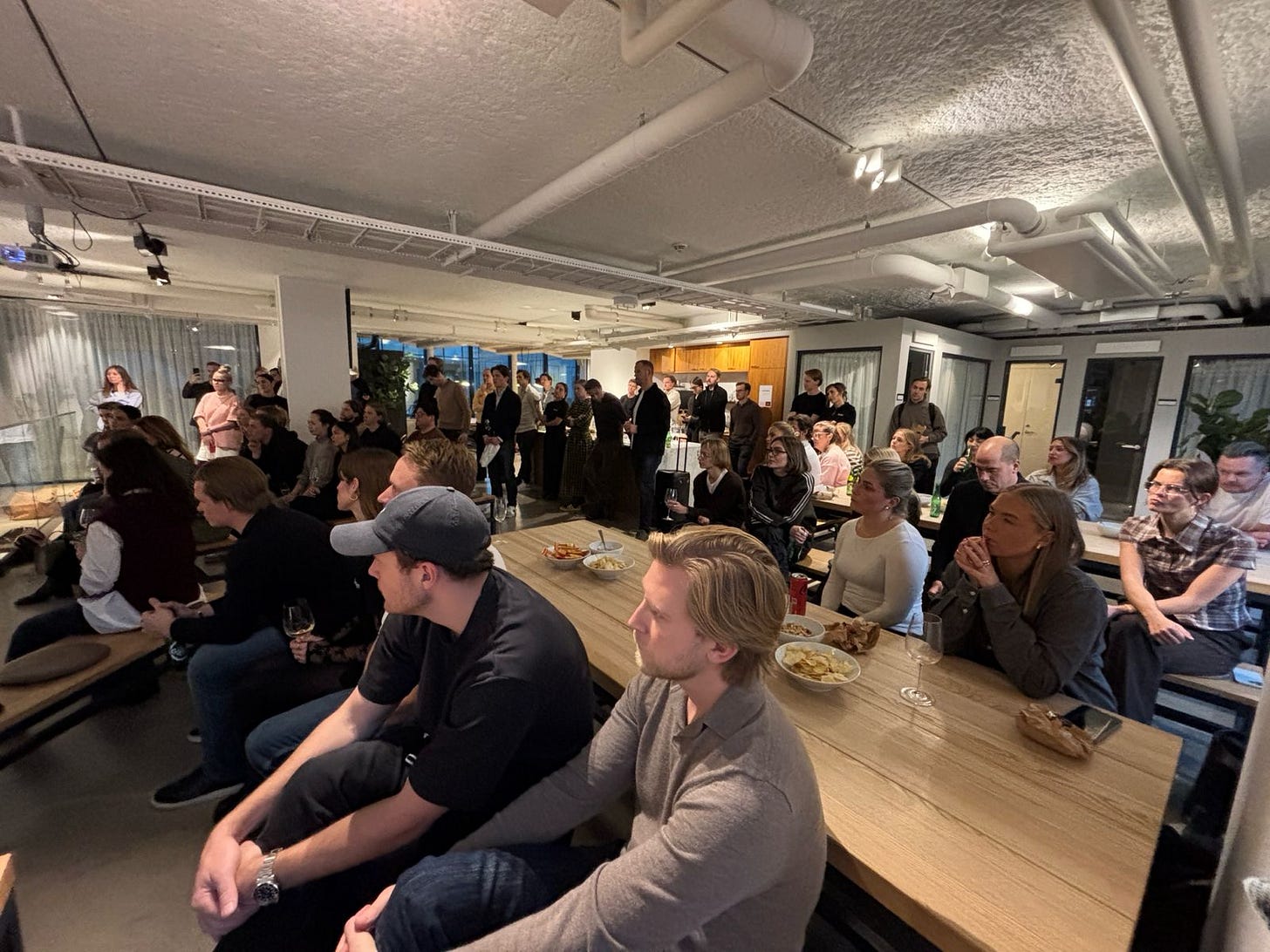Era Change: The Future of AI and Retail
What we've been working on behind the scenes
Last week in Stockholm, I was invited to 2 events; Centra’s Friends of Centra event and an event with Madden, Resourced and Emfas, to share something we’ve been working on behind the scenes - an idea that’s been forming through hundreds of conversations with retail operators, systems leads, and brand founders.
It’s called OX2030, and it asks a simple but uncomfortable question:
If customer experience defined the last twenty years of retail, what defines the next ten?
From CX to OX
The past two decades have been shaped by one obsession: the customer. Every system, workflow, and hire has been built around improving the journey from discovery to delivery. We moved from on-premise to cloud, from cloud to SaaS, and from single-tenant stacks to composable ecosystems - all in pursuit of a more connected experience.
But as AI becomes embedded in the way brands operate, we’re seeing the next great shift begin. Not another change in how brands market themselves, but in how they run themselves.
We call it Operator Experience - OX.
The next decade won’t be defined by prettier front ends or faster sites. It will be defined by how people, systems, and agents work together internally. Just as the rise of SaaS flattened barriers to software access, AI will flatten the organisational hierarchies that slow decision-making and compound inefficiency.
The brands that win in 2030 won’t necessarily have the most creative campaigns or the slickest checkout. They’ll have the most adaptable operations - the fewest handoffs, the cleanest data flows, and the clearest feedback loops between teams and tools.
The Organisational Shift
For years, retailers have treated process improvement as a local sport. Fixing individual functions. Cleaning a spreadsheet here, automating a report there. But those localised wins are starting to yield diminishing returns.
In an AI-fluent organisation, old structures start to get in the way. Traditional vertical departments preserve duplication and misalignment because they were never designed for systems that talk to each other.
The real opportunity lies in process-based teams - cross-functional squads that own an entire workflow from end to end. These teams don’t just execute; they diagnose, test, and improve. As hybrid teams of humans and agents emerge, human work shifts from doing to directing - analysing, optimising, and refining how the business actually operates.
It’s a reorganisation that mirrors every major technology era before it. The 2000s were defined by the move from on-premise to cloud. The 2010s by the rise of SaaS. The 2020s will be defined by a shift from human-only to hybrid operations.
Lessons from History
If you want proof that structure matters, you only need to look back a decade.
I worked with both the Arcadia Group and Gymshark during the same period. One was huge, hierarchical, and risk-averse; the other was fast-moving, curious, and willing to learn publicly. By 2020, one had folded. The other had become a unicorn.
The difference wasn’t timing or technology. It was mentality.
The same will be true of the next era. The brands that build around agility and experimentation, not hierarchy, will outpace those that cling to inherited structures.
The 30% Target
General Catalyst (a major US PE firm) recently predicted that AI-assisted orchestration will automate or redesign 30% of all tasks in service businesses by 2030. The same logic applies inside retail brands. Internal tech and systems teams are, after all, service providers -they just happen to serve internal customers.
Hitting that 30% isn’t about replacing people. It’s about redesigning how they work.
A third of the effort that currently goes into moving data between spreadsheets, updating numbers, and reconciling systems can be reimagined. Those aren’t the glamorous problems, but they’re the ones that compound over time - the invisible inefficiencies that hold brands back.
When we talk about AI in retail, we’re not talking about another chatbot or content generator. We’re talking about how to remove the drag on human effort so that people can focus on work that actually moves the business forward.
Finding the Real Opportunities
Your most valuable AI use cases won’t appear out of nowhere. They’ll be designed; at the points where teams meet, hand off, and overlap. That’s where data is copied, double-checked, and re-entered. That’s also where automation has the greatest impact.
Look between merchandising and logistics. Between product and marketing. Between systems that were built for different decades. Those transitions hide the best opportunities to experiment.
Building AI capability isn’t about adopting tools faster; it’s about mapping where your existing work breaks down, then fixing it at the source.
Looking Ahead: OX2030
OX2030 is our ongoing research into how AI will redefine the structure of retail. It’s not about which model or platform wins. It’s about how brands evolve from human-led to hybrid-led operations - where people, systems, and AI agents operate in synchrony, not sequence.
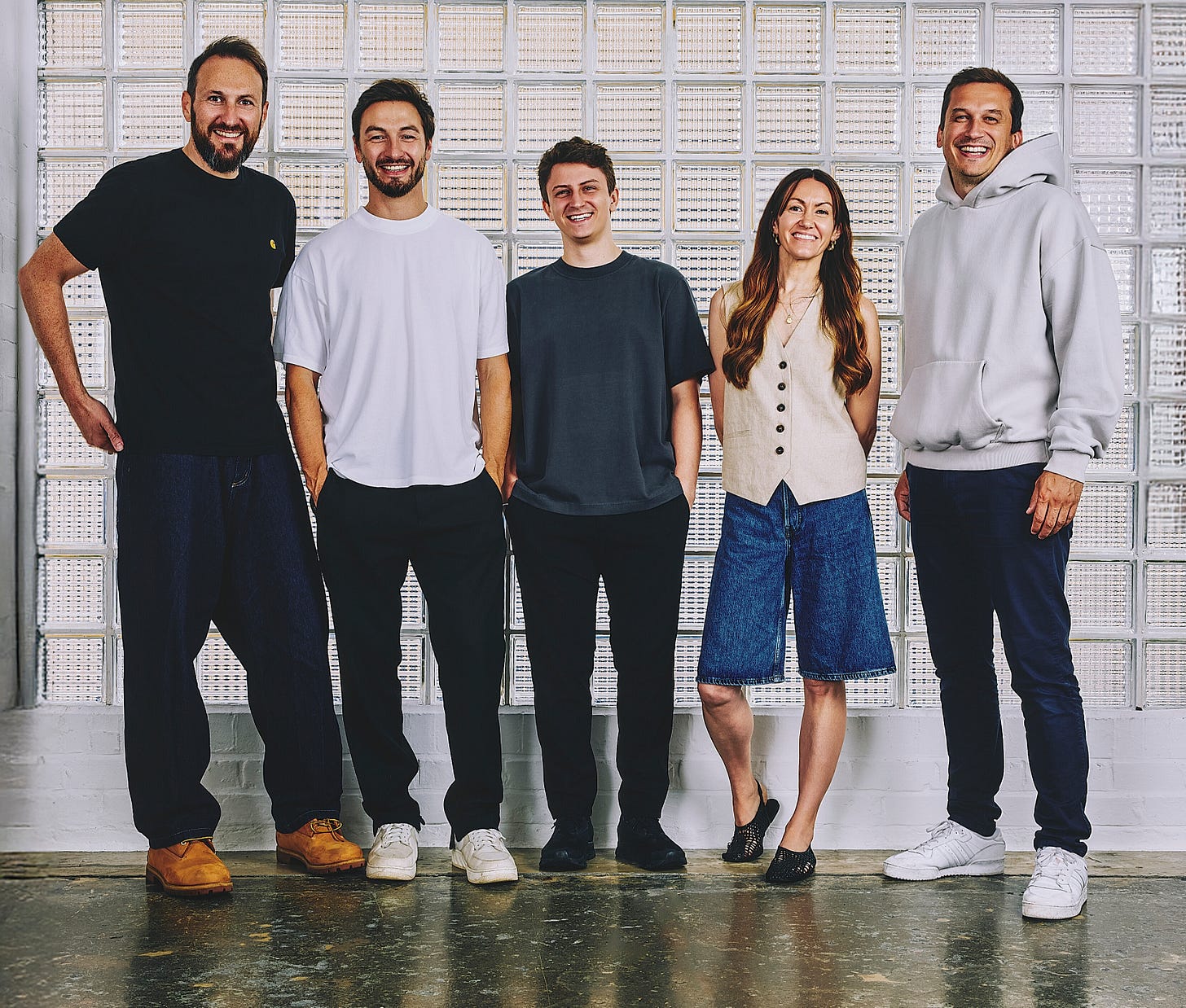
Over the coming months and years, we’ll be sharing more as this work develops: the frameworks, examples, and experiments shaping the next era of operational intelligence.
The future of retail isn’t just customer-first.
It’s operator-intelligent.




